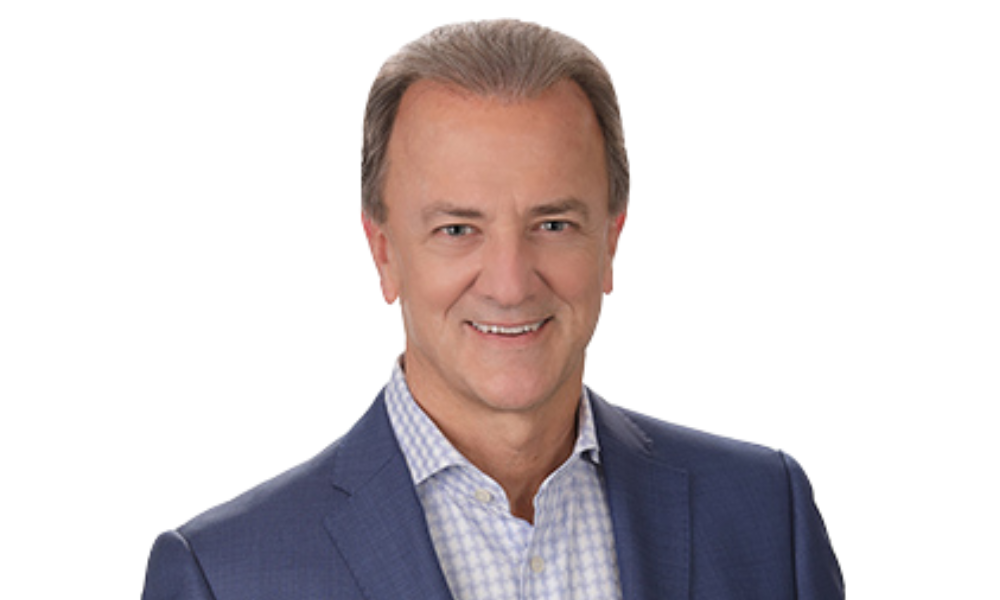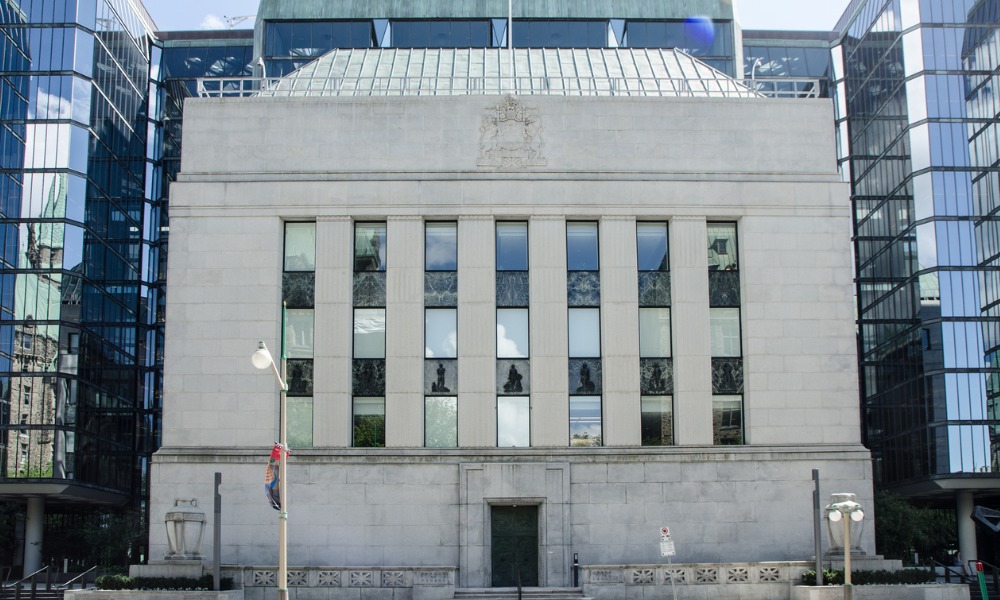One industry insider tells WP why he was unsurprised by the Bank of Canada’s decision to hike rates last week
.jpg)
The Bank of Canada’s decision to raise its benchmark interest rate by one-quarter point to 1.0%, its second 25-basis-point increase since July, came as a surprise to many investors last week. The move followed unexpectedly positive growth in the first half of 2017 which far exceed the Bank of Canada's projections.
The consensus view was that the Bank of Canada would hike again in October, but according to Brian D’Costa of Algonquin Capital, the reasons behind those forecasts were not exactly based on razor sharp analysis.
“The only rational explanation for predicting they would not hike in September is that, over the last couple of years, the Bank of Canada has opted to have press conferences after certain meetings,” D’Costa says. “People assumed that the next hike would only happen when a press conference was held, and therefore, not in September.”
Looking at the short end of the yield curve early last week, the market had priced in a 20% chance of a hike in September and an 80% chance in October. The flaw in that logic, D’Costa explains, is that the Bank Canada has historically moved rates up sequentially, from meeting to meeting.
“So, we actually felt that there was a higher likelihood they would go in September than the market had suggested,” he says. “It shouldn’t have been a surprise, but the very short end of the yield curve was not prepared for it.”
D’Costa believes the second hike was an appropriate move, but was slightly surprised by some of the language in the press release that followed. Like many analysts, D’Costa expected the central bank to take back the 50 basis points of easing put in place in 2015 and 2016 after the oil price shock and then pause. However, it seems as though the Bank of Canada is leaving the door open for additional hikes with some of its comments.
“They have maintained a lot of flexibility, and for the more hawkish folks there are signs they could continue to hike rates,” D’Costa says. “That surprised us. We were in the camp that they were going to pause, and those comments in the press release unsettled the market more than the fact they hiked.”
D’Costa doesn’t believe the most recent hike will have much of an impact on portfolios and thinks investors should not be overly concerned. So far, the real move has been seen in bonds with duration of two years and less. Other than short dated bond funds and ETFs, the effect on portfolios is limited. Even in those vehicles, the move will not result in a significant loss of capital.
“Money market fund yields and possibly even high interest savings accounts are going to get a little better, which will be something welcoming for investors,” he says. “But the long end of the curve - the ten year yields - are still lower than the levels we saw in July. The bigger risk that investors need to keep an eye on is how the Federal Reserve and ECB manages the exit from quantitative easing.”
Related stories:
High-yield hunger’s return fuels $1-billion rally
RBC GAM reopens short-term bond and mortgage fund



